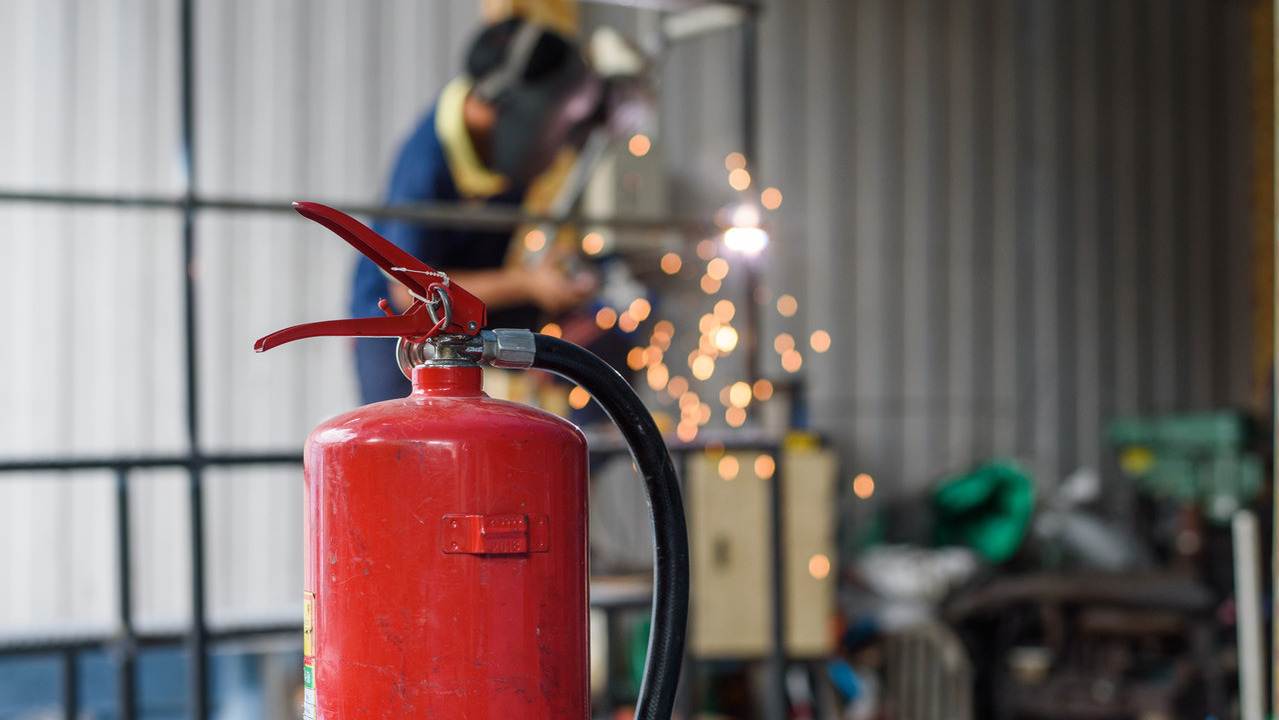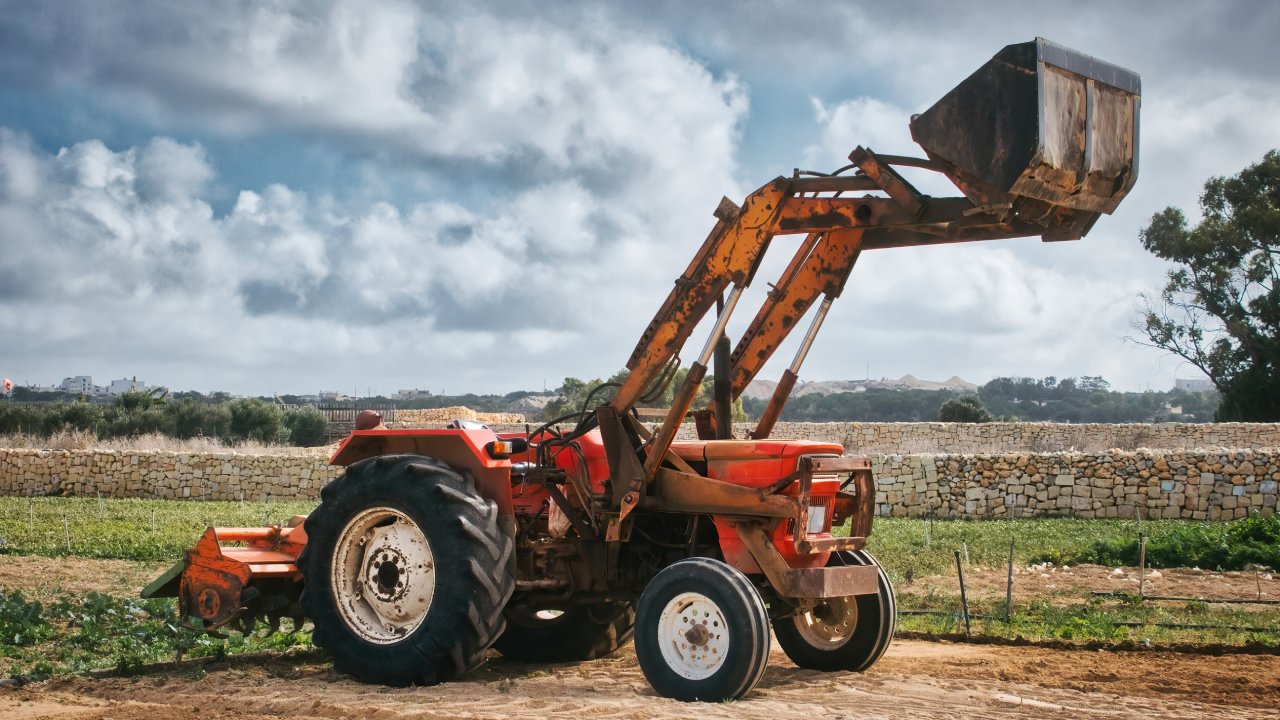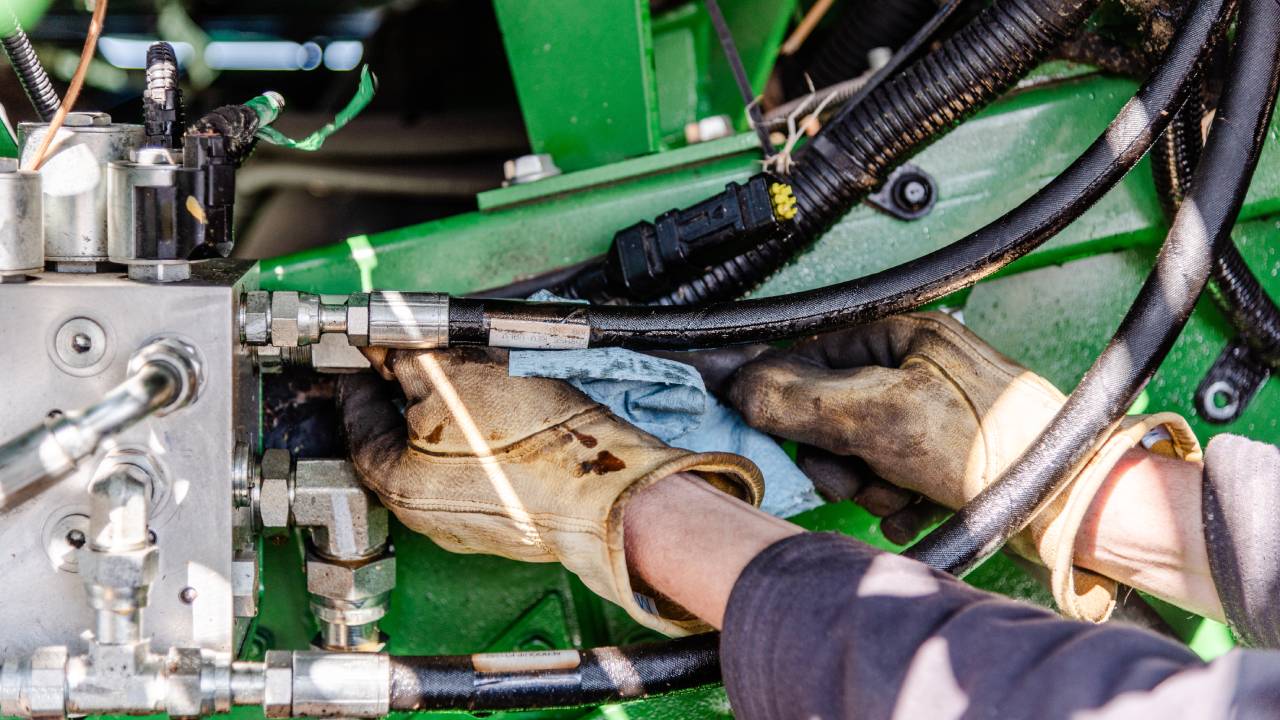Get durable, functional, and versatile home products with reaction injection molding. Perfect for complex shapes and specialized designs that last.
Category: Information
What Are the Most Common Welding Hazards?
Identify the potential dangers in welding and take the necessary steps to stay safe. Check out this breakdown of the most common welding hazards.
Multipurpose Farming: Top 5 Attachments for Tractors
Get the most out of your tractor with versatile attachments for multipurpose farming. Discover the best tools to improve efficiency and productivity.
Top 5 Preventive Maintenance Tips for Farm Machinery
Keep your farm machinery functioning in tip-top shape longer by employing some of these preventive maintenance tips when reviewing equipment.
What Is Appropriate To Wear as an Oil and Gas Worker
Preparing for a job in the oil and gas industry means knowing what to wear. Let’s dive into what’s appropriate attire for working in this field.





